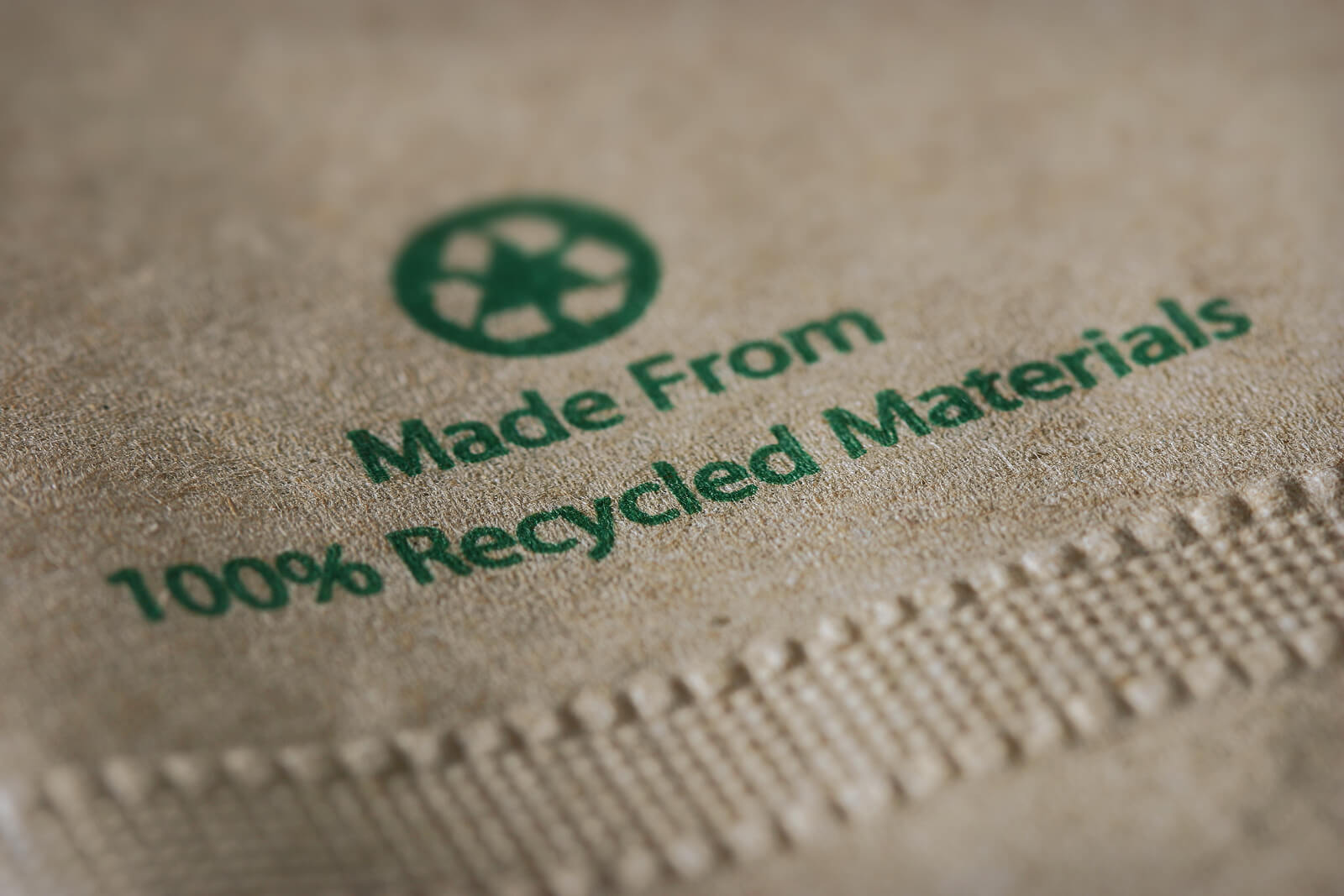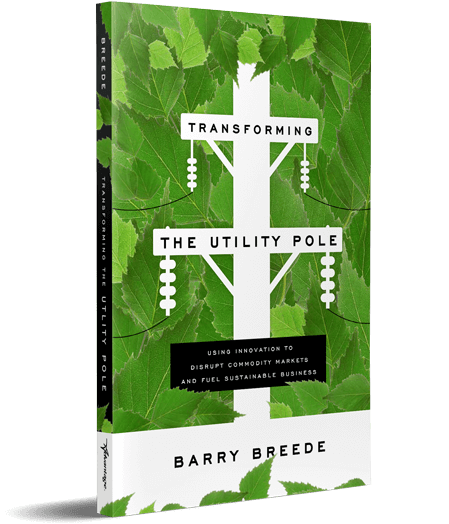Champions of the circular economy (CE), of which there are many, often are quick to quantify the potential environmental benefits CE provides both companies and society through a more thoughtful repurposing of resources. However, the notion of embarking on the creation of a circular business model can often seem daunting, particularly for companies with a broad and complex supply chain.
Where first to focus? Let me suggest a rather capitalistic notion of looking first at how or where elements of a CE model can provide increased economic value to your business. Areas where the theory of “do good by doing right” is not just an invitation to better the environment, but a real means of generating additional profit.
True CE’s often-espoused “triple bottom line” theory of People, Planet & Profit seems to acknowledge the need for businesses to remain solvent by making money, but this is often premised on the concept that your environmental efforts will result in customers, investors, etc. simply liking or preferring you over your competition. This view may be somewhat accurate, but wouldn’t we all prefer a more definitive way of calibrating the impact that a CE approach can have on our bottom line and not rest on the hope that people will just like us better?
By using what we’ll term the Green Money strategy it can be done.
The Green Money strategy provides a lens to evaluate where to first focus your CE efforts by placing emphasis on retooling those areas of your current business model that today absorb the most cost (excluding people). Retooling under the Green Strategy approach means focusing first on those select components of your current product cost or supply chain that drive gross margin (typically referred to as cost of goods or COGS). What areas most impact your COGS? Raw materials? Transportation? Fixed
manufacturing costs?
By first prioritizing where the financial opportunity for improvement is likely greatest, then it’s far easier to see how or if a CE approach can be applied to your business to generate increased profitability. In our case, we recognized that diesel fuel costs were a substantial part of our current COG structure. Fuel is consumed throughout our pole manufacturing process. It’s used as a carrier for chemicals to impregnate the wood itself, in the operation of trucks to deliver poles, and for lifts to move poles around manufacturing facilities. Historically we’ve relied on fuel hedges and other financial instruments to hopefully lower our COGS in this area, but we are still subject to substantial fluctuations in the diesel market that ultimately impacts profitability.
A solution for us is to look at how we can repurpose our finished good, a wooden utility pole, once it reaches the end of its useful service life. Instead of paying to have it landfilled (another economic cost) we developed an approach that ultimately turns the wood into a diesel product—one that we could manufacture ourselves at a far lower cost per gallon than what we pay today. Yes, this approach helps reduce our environmental footprint, but equally important it helps lower COGS thereby improving bottom-line performance.
Applying a “Green Money” approach to evaluating how or where to focus the principles of CE may allow you to not only realize environmental benefits but also a financial upside. Learn more about how a circular economy approach might work within your company in my book, Transforming the Utility Pole: Using Innovation To Disrupt Commodity Markets And Fuel Sustainable Business.



